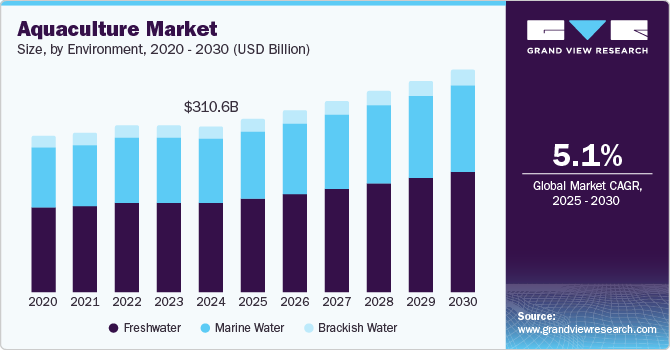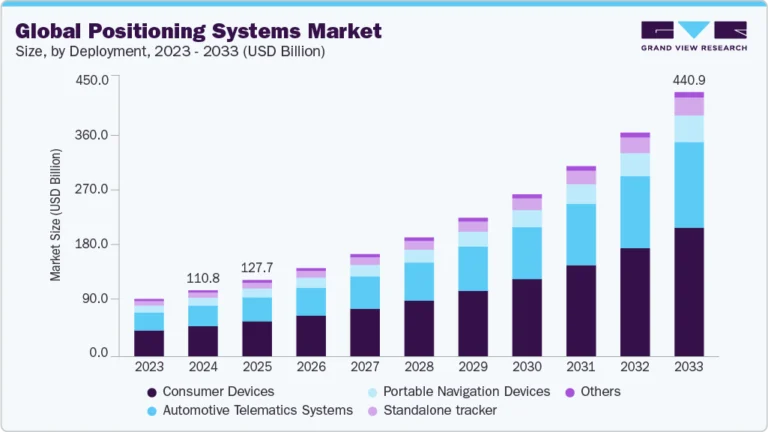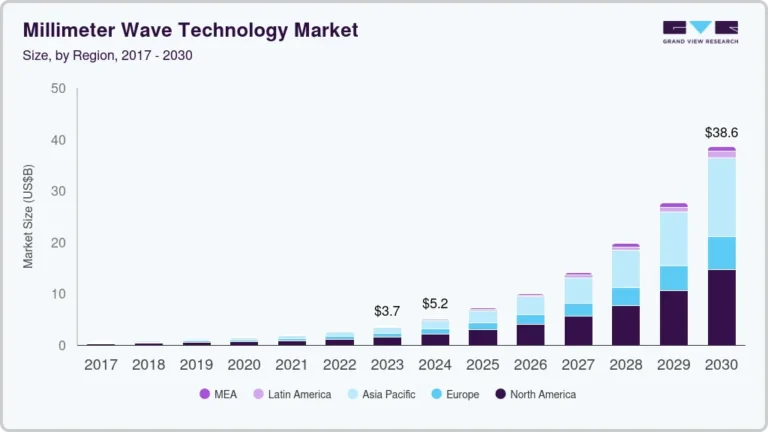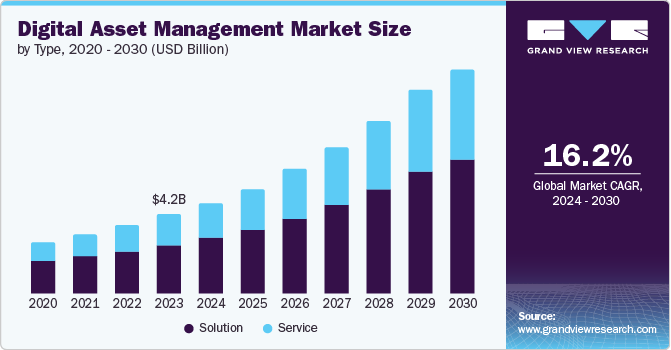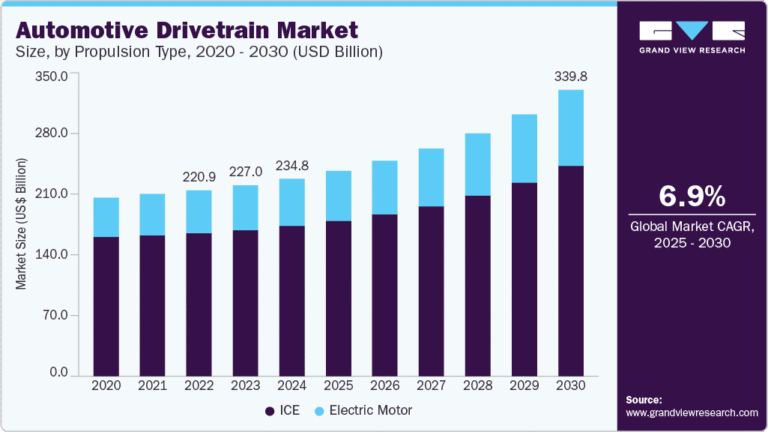Broadcast Equipment growing at a CAGR of 6.8% from 2025 to 2033
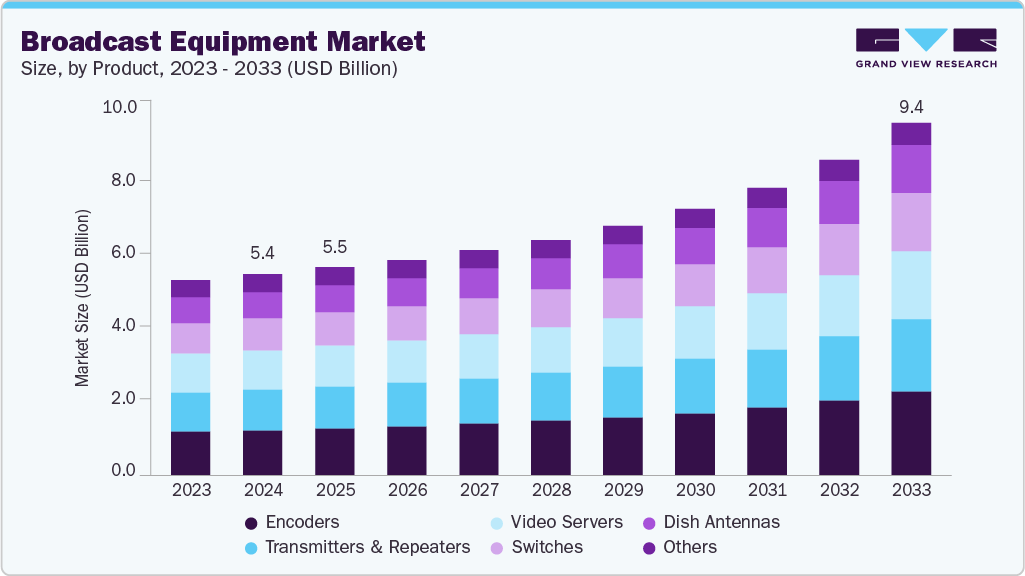
The global broadcast equipment market size was estimated at USD 5.35 billion in 2024 and is projected to reach USD 9.38 billion by 2033, growing at a CAGR of 6.8% from 2025 to 2033. The market is witnessing strong momentum due to the growing appetite for high-definition and ultra-high-definition (UHD/4K) content.
Key Market Trends & Insights
- By product, the encoders segment held the largest share of 22.5% in 2024.
- By technology, the digital broadcasting segment held the largest market share in 2024.
- By application, the television segment dominated the market in 2024
- The U.S. broadcast equipment industry held a dominant position in 2024.
- North America broadcast equipment market accounted for a 35.7% share of the overall market in 2024.
Market Size & Forecast
- 2024 Market Size: USD 5.35 Billion
- 2033 Projected Market Size: USD 9.38 Billion
- CAGR (2025-2033): 6.8%
- North America: Largest market in 2024
- Europe: Fastest growing market
Request Free Sample Report: https://www.grandviewresearch.com/industry-analysis/broadcast-equipment-market-report/request/rs1
Viewers today expect immersive, crystal-clear video quality across platforms, prompting broadcasters to upgrade their infrastructure. This shift has led to widespread investment in advanced encoders, video servers, and cameras capable of supporting higher resolutions. Sports and live event broadcasting especially require precision and clarity, further boosting demand. Broadcasters are also exploring High Dynamic Range (HDR) technology to enhance visual depth and color accuracy. As consumer expectations evolve, so does the pressure to deliver premium-quality visuals.
Traditional broadcast workflows are increasingly giving way to IP-based systems, offering greater flexibility and scalability. By shifting from hardware-centric models to software-defined, IP-enabled environments, broadcasters can reduce operational complexity and costs. This trend is especially relevant in remote and live production settings, where IP infrastructure allows real-time collaboration across geographies. IP-based switches and video routers are becoming core components of modern broadcast studios. As 5G and high-speed connectivity become more prevalent, IP-driven solutions will only gain ground. This transformation is reshaping how content is captured, processed, and distributed.
The explosive rise of OTT platforms such as Netflix, YouTube, and Amazon Prime Video is reshaping the demand curve for broadcast equipment. Unlike traditional broadcasters, OTT players require flexible, cloud-friendly tools that enable fast encoding, transcoding, and delivery of video content across devices. As a result, vendors are developing equipment that supports hybrid workflows, capable of servicing both linear TV and IP-based streaming formats. The need for real-time analytics, adaptive bitrate streaming, and content protection further expands the equipment scope. This evolution has created a parallel demand from broadcasters to remain competitive in a streaming-first world.
The pandemic accelerated a shift toward remote and virtual production, and this trend has now become permanent. Broadcasters are investing in solutions that enable camera control, editing, and switching from offsite locations. This has led to growing adoption of cloud-native broadcast equipment and software, enabling cost-effective and agile production workflows. Virtual studios and augmented reality (AR) overlays are also being integrated to enhance visual storytelling. The need to maintain production continuity without physical studio presence has pushed broadcasters to rethink traditional setups. As the industry matures, remote workflows are proving to be not only feasible but also efficient.
Broadcast Equipment Market Report Scope
|
Report Attribute |
Details |
|
Market size value in 2025 |
USD 5.53 billion |
|
Revenue forecast in 2033 |
USD 9.38 billion |
|
Growth rate |
CAGR of 6.8% from 2025 to 2033 |
|
Base year for estimation |
2024 |
|
Historical data |
2021 – 2023 |
|
Forecast period |
2025 – 2033 |
|
Quantitative units |
Revenue in USD million/billion and CAGR from 2025 to 2033 |
|
Report coverage |
Revenue forecast, company ranking, competitive landscape, growth factors, and trends |
|
Segments covered |
Product, technology, application, region |
|
Regional scope |
North America; Europe; Asia Pacific; Latin America; MEA |
|
Country scope |
U.S.; Canada; Mexico; Germany; UK; France; China; Japan; India; South Korea; Australia; Brazil; KSA; UAE; South Africa |
|
Key companies profiled |
Harmonic Inc.; Telefonaktiebolaget LM Ericsson; Grass Valley; Cisco Systems Inc; Datum Systems; OMB Broadcast; EVS Broadcast Equipment SA; Clyde Broadcast; Global Invacom Group Limited; Sencore |
|
Customization scope |
Free report customization (equivalent up to 8 analysts working days) with purchase. Addition or alteration to country, regional & segment scope. |
|
Pricing and purchase options |
Avail customized purchase options to meet your exact research needs. Explore purchase options |

